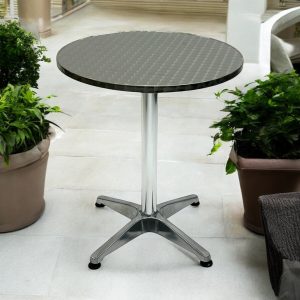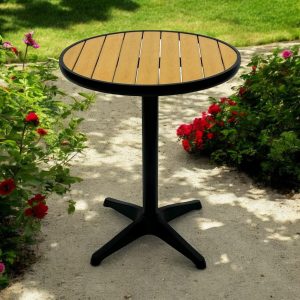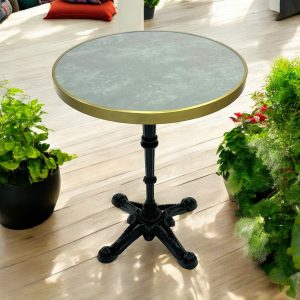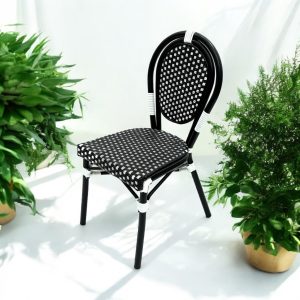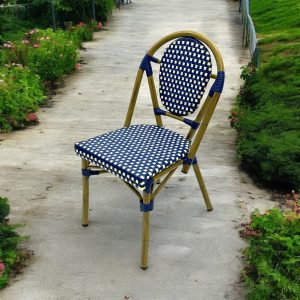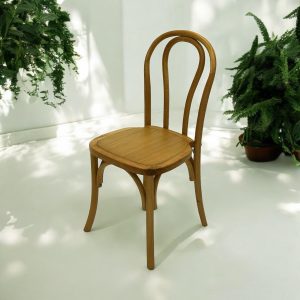Bistro tables and chairs have become an integral part of outdoor dining culture, not only in the bustling streets of Paris but also in courtyards, gardens, and cafés worldwide. These iconic pieces of furniture evoke images of leisurely afternoons spent sipping coffee or wine, surrounded by the charm and elegance only bistro settings can offer. Today, bistro furniture is as popular as ever, appearing in homes, restaurants, and public spaces. But where did this enduring style originate? Let’s take a journey through the history of bistro tables and chairs.
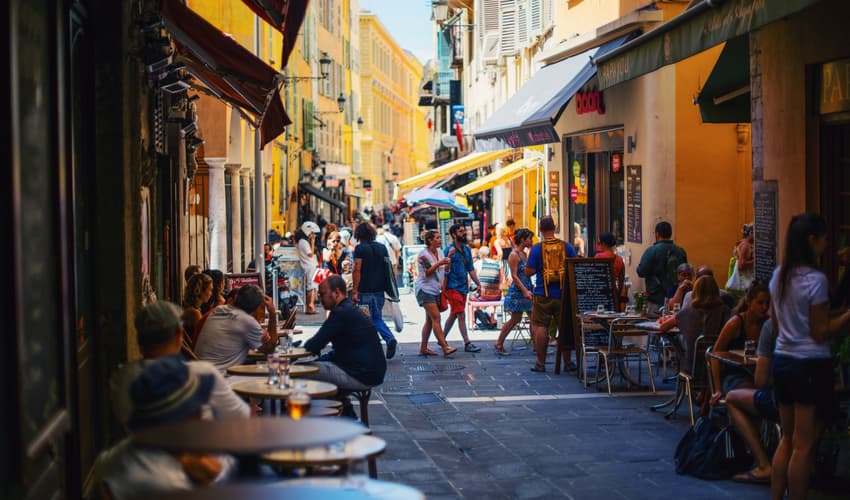
The Origins of Bistro Culture
The bistro concept is deeply rooted in French culture, with its origins tracing back to the streets of Paris. Bistros emerged in the 19th century when families, often seeking to supplement their income, began serving simple, hearty meals to the public. Unlike formal restaurants, these meals were typically served outdoors on small tables on pavements. The menu was straightforward, featuring dishes that could be prepared quickly—soups, sandwiches, omelettes, salads, and crepes, accompanied by coffee or wine. This casual yet convivial dining experience became a hallmark of Parisian life.
The term “bistro” itself is believed to have originated from the Russian word “bystro,” meaning “quickly,” supposedly shouted by Russian soldiers after the Napoleonic wars. However, another theory suggests that the term comes from the French word “bistreau,” meaning innkeeper. Regardless of its etymology, the bistro quickly became popular, spreading across Europe and eventually reaching the United States after the Civil War, particularly in cities like New York, where European influence was strong.
The Evolution of Bistro Tables
As we know them today, Bistro tables owe much of their design to the first Parisian cafés. The first bistro is often credited to Café Procope, established in the early 1600s in Paris. Unlike the larger communal tables in taverns and inns, bistro tables were smaller, designed for intimate gatherings of two or three people. These tables were often made with marble tops, which added a touch of elegance while being durable enough to withstand the outdoor elements. The bases of these tables were typically made of wrought iron, which provided both stability and a decorative flair.
During the Industrial Revolution in the 19th century, the design of bistro tables began to evolve. The introduction of decorative iron bases allowed for more intricate and varied designs. Tables became more functional, with some featuring X-stretchers for added support and ease of stacking when not in use. As bistros became more popular, the tables grew slightly larger, accommodating the increasing number of patrons who flocked to these charming establishments.
Today, bistro tables are available in various materials and styles, from traditional marble-topped designs to modern wood, concrete, or even plastic versions. Despite these changes, the classic bistro table symbolises relaxed outdoor dining, perfect for everything from morning coffee to evening cocktails.
The Iconic Bistro Chair
No bistro setting would be complete without the iconic bistro chair, a design that has endured for over a century. The story of the bistro chair begins with Michael Thonet, a German-Austrian cabinetmaker who revolutionised furniture design in the mid-19th century. Thonet’s pioneering technique of bending wood through steaming and moulding led to the creation of the bentwood chair, which became a sensation across Europe.
In 1859, Thonet introduced the most famous bistro chair of all time: Chair Number 14, also known as the Vienna Chair. This chair was a marvel of design—simple, lightweight, and incredibly durable. Made from just six pieces of wood, two nuts, and ten screws, the chair could be easily assembled, disassembled, and stacked, making it ideal for the bustling environment of a Parisian bistro. Its elegant, curved form and practical design won it the gold medal at the Paris Exposition in 1869, cementing its place in the annals of design history.
The success of Thonet’s Chair Number 14 inspired countless imitations and adaptations, and it remains one of the most popular chairs in the world today. Whether made from wood, metal, or modern materials, the bistro chair is a favourite choice for cafés, restaurants, and homes alike, appreciated for its timeless style and practicality.
Bistro Furniture Today
In the 21st century, bistro furniture continues to be celebrated for its versatility and charm. Bistro tables and chairs are no longer confined to the streets of Paris; they can be found in gardens, on balconies, and in courtyards around the world. Their compact size makes them ideal for smaller spaces, while their elegant design adds a touch of sophistication to any setting.
Modern bistro furniture comes in various styles and materials, from classic bentwood and marble to contemporary designs in aluminium and plastic. Many of these pieces are designed to withstand the elements, making them perfect for outdoor use. Whether you’re looking to recreate the ambience of a Parisian café in your garden or add a stylish seating area to your restaurant, bistro tables and chairs offer a perfect blend of form and function.
Bon Appetit
The history of bistro tables and chairs is a testament to their enduring appeal. From their humble beginnings on the streets of Paris to their place in homes and cafés worldwide, these pieces of furniture have stood the test of time. At BE Furniture Sales, we’re proud to offer a wide selection of bistro tables and chairs that honour this rich tradition while meeting the needs of modern living. Explore our collection today and bring a piece of timeless elegance into your space.
Related Articles
- Paris Bistro Furniture – Chairs, Table & Sets – Now in Stock
- What Makes a Bistro a Bistro?
- Bistro Chairs Buying Guide
- Bistro Garden Furniture Buying Guide/a>
- Bistro Table Buying Guide
